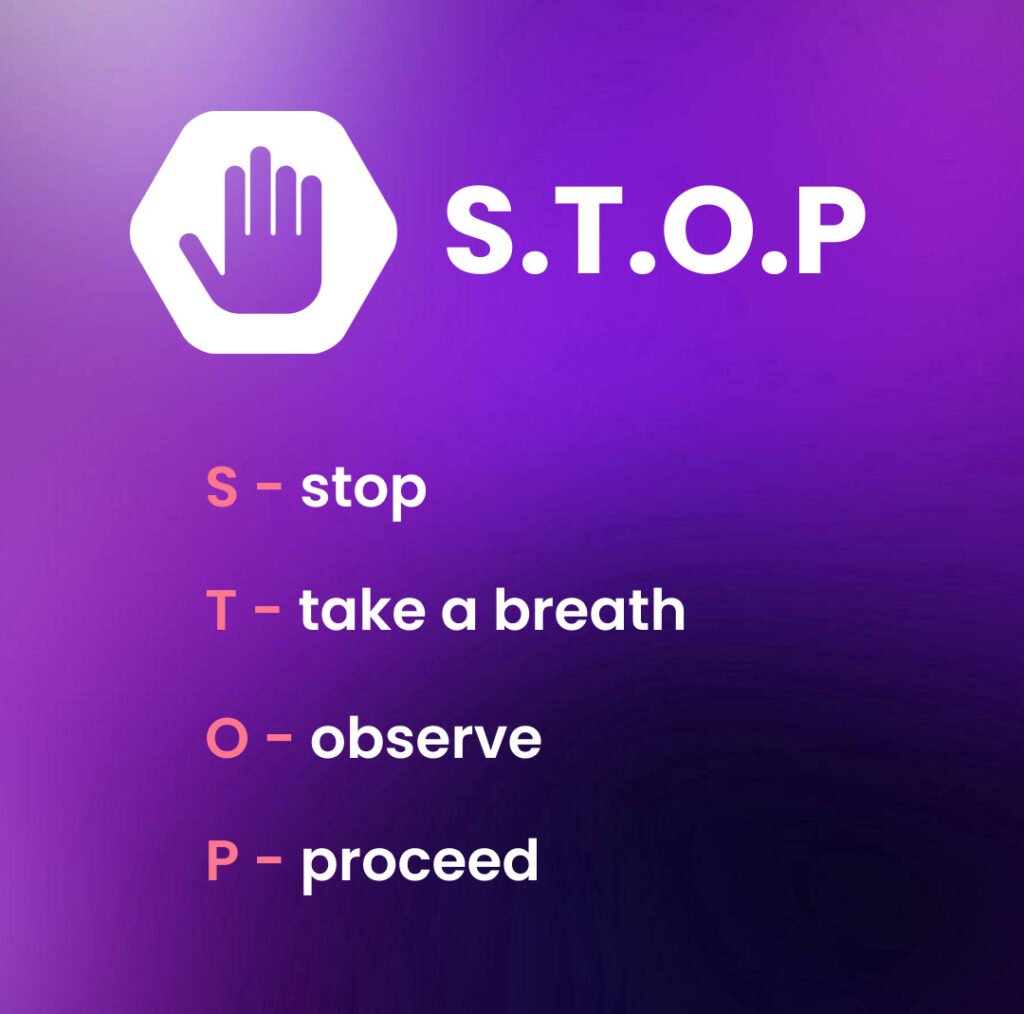
World Mental Health Day 2022 fell on October 10th, and we wanted to focus on the importance of mental health in the workplace. One experience that’s near-universal is the feeling of sadness, but poor mental health is a lot more than that. It can be a chronic issue, it can linger and disrupt your life.
Depression is one of the most prevalent mental health disorders in the UK, affecting 1 in 6 adults. It’s also important to note that “women are twice as likely to suffer from depression than men”, and of this group, 15% receive treatment for depression whilst only 9% of men do the same.
The number of people who experience depression saw a notable spike after the COVID-19 pandemic. The Office for National Statistics UK stated that while 10% of adults experienced moderate to severe depressive symptoms in Great Britain prior to the onset of the pandemic, these figures saw a significant increase after. In the summer of 2021, the number hit 21%.
Yet this isn’t a trend unique to the UK, as countries all over the world are contending with increasing mental health issues and grappling with measures to help address them. Take, for instance, the USA. The National Alliance on Mental Health estimated that “untreated mental illness” cost the country up to $ 300 billion annually. This has been attributed to losses in productivity.
But this was prior to the pandemic.
Post-pandemic effects on mental health
The World Health Organization found that the COVID-19 pandemic triggered a 25% increase in the prevalence of anxiety and depression worldwide.
This was only worsened by disruptions in the care made available to those struggling with mental health issues, stating, “For much of the pandemic, services for mental, neurological and substance use conditions were the most disrupted among all essential health services reported by WHO Member States. Many countries also reported major disruptions in life-saving services for mental health, including for suicide prevention.”
“By the end of 2021 the situation had somewhat improved but today too many people remain unable to get the care and support they need for both pre-existing and newly developed mental health conditions,” the organization added.
The Global Ipsos Survey for the World Economic Forum found that among adults reporting symptoms of anxiety and/or depressive disorder during the COVID-19 pandemic, 56.2% were aged 18-24 and 48.9% were aged 25-49.
With such a high prevalence in these age groups, it comes as no surprise that many are struggling with taking care of their mental health while in the workplace.
With increasingly greater job demands, higher expectations, poor work-home life balance remote working, lack of social interaction, and more, it has become a key priority for employers worldwide to address mental health gaps in the workplace immediately.
Let’s talk more about why that is.
Mental health and well-being at the workplace
Let’s begin with the honest bottom line: WHO estimates that anxiety and depression cost the global economy $ 1 trillion in lost productivity annually. One trillion is a very, very large number.
Most businesses would look to this number as the most important factor in investing more in mental health, but we can’t build anything fruitful by reducing the experiences of actual people to monetary outcomes.
Employees’ mental health is at an all-time low, the survey data suggest. According to a survey conducted by Corporate Wellness Magazine, 31% of all US workers surveyed said their “mental health has declined over the past year (2021)”, up from 24% at the end of 2020.
If the number seems relatively low, it’s because 56% of respondents said their mental health had “remained the same” over the past year, while 84% of respondents experienced at least one mental health challenge over the same period, highlighting issues like stress, burnout, to more long-term conditions like depression, anxiety, bipolar disorder, and PTSD.
This means that their mental health having remained the same doesn’t indicate the state of mental health was good or positive prior to the study period.
If we look back at Britain, according to CIPD, one in six of the working-age population experienced symptoms associated with poor mental health. Additionally, the Royal College of Psychiatrists, highlighted that half of the participants in the Mental Health and Work study had experienced at least one characteristic of burnout.
Up to 46% of employees have also stated they’d carried on with work despite “not feeling physically or mentally well enough to perform their duties”.
Workplace measures
Now, these numbers can’t hold a light to the real figures around the world. In a time like this, where people are facing long-term health risks, reduced access to essentials, job insecurity, economic collapse, and more, it’s impossible to make estimations of their overall well-being.
But the good news is that things are getting better.
APA’s 2022 Work and Well-being Survey revealed that “seven in 10 workers (71%) believe their employer is more concerned about the mental health of employees now than in the past”. Meanwhile, 81% of respondents said they “will be looking for workplaces that support mental health when they seek future job opportunities”.
Additionally, a Ginger survey showed that “92% of CEOs reported increased efforts supporting employee mental health since the onset of COVID-19”. We love this, but is it enough?
The answer is a little complicated. The same survey showed that while 96% of CEOs believe their companies are “doing enough for employee mental health”, only 69% of employees agreed with this statement. That’s a difference of 27%.
By now, most companies are aware that investing in mental health would save them more money than not, yet implementing meaningful mechanisms to address mental health in the workplace.
Some key measures that have been highlighted as useful in this endeavour are:
1. Providing access to mental health resources: This could include pamphlets, conducting workshops, and inviting a therapist to talk about mental health at the workplace, etc.
2. Mental health benefits: A more comprehensive health insurance plan that covers therapy and/ or counselling would have great positive outcomes.
3. Promoting a safe working environment: Any office that allows for the mistreatment of individuals is a toxic environment. Productivity is not sustainable on such hostile ground. A nurturing, caring workplace that embraces differences and listens to its people is one that is most likely to thrive in the long term.
4. Eliminating stress when possible: It’s not possible to have a stress-free workplace, but it is possible to contain it or reduce overall stress levels! This could be achieved through the smallest of steps, like having team social events every now and then, adding a game table to the office, or even just having a quiet corner for stressed-out individuals to go and block out the noise.
The S.T.O.P. method
Finally, we understand that recovering from mental health issues is an arduous journey — one that may never end, but what we like to do is to take some time for ourselves whenever things get too overwhelming and try and find some peace and quiet amid the chaos.
A useful tool for you is the S.T.O.P. method!

Elisha Goldstein, PhD, stated, “Creating space to come down from the worried mind and back into the present moment has been shown to be enormously helpful to people. When we are present we have a firmer grasp of all our options and resources which often make us feel better.” And that’s why he recommends the S.T.O.P. method.
1. S – Stop. The first thing you must do is disengage from whatever is causing you distress at the moment. Look away from the screen, put away that stack of documents, or excuse yourself from a triggering conversation.
2. T – Take a breath. Breathing with deliberation helps calm you down. Deep breaths in and out, gently and slowly. Feel the air circulating within you. Visualise it if you can.
3. O – Observe your thoughts, feelings, and emotions. Ask yourself questions about them. What are you feeling right now? Pay attention to the sensations you’re feeling and analyze them.
4. P – Proceed with something that will support you at the moment. What would help you regain control of the situation and your mind? Listening to music? Talking to a friend? Whatever it is, try and do that.
Whenever you’re feeling like things are heading down a bad path, follow these four steps to get your mind back on track. Afterwards, you can carry on with your work feeling a lot calmer.
Take care of yourself and remember that your mental health is important — not just to you, but to every aspect of the world as a whole!



